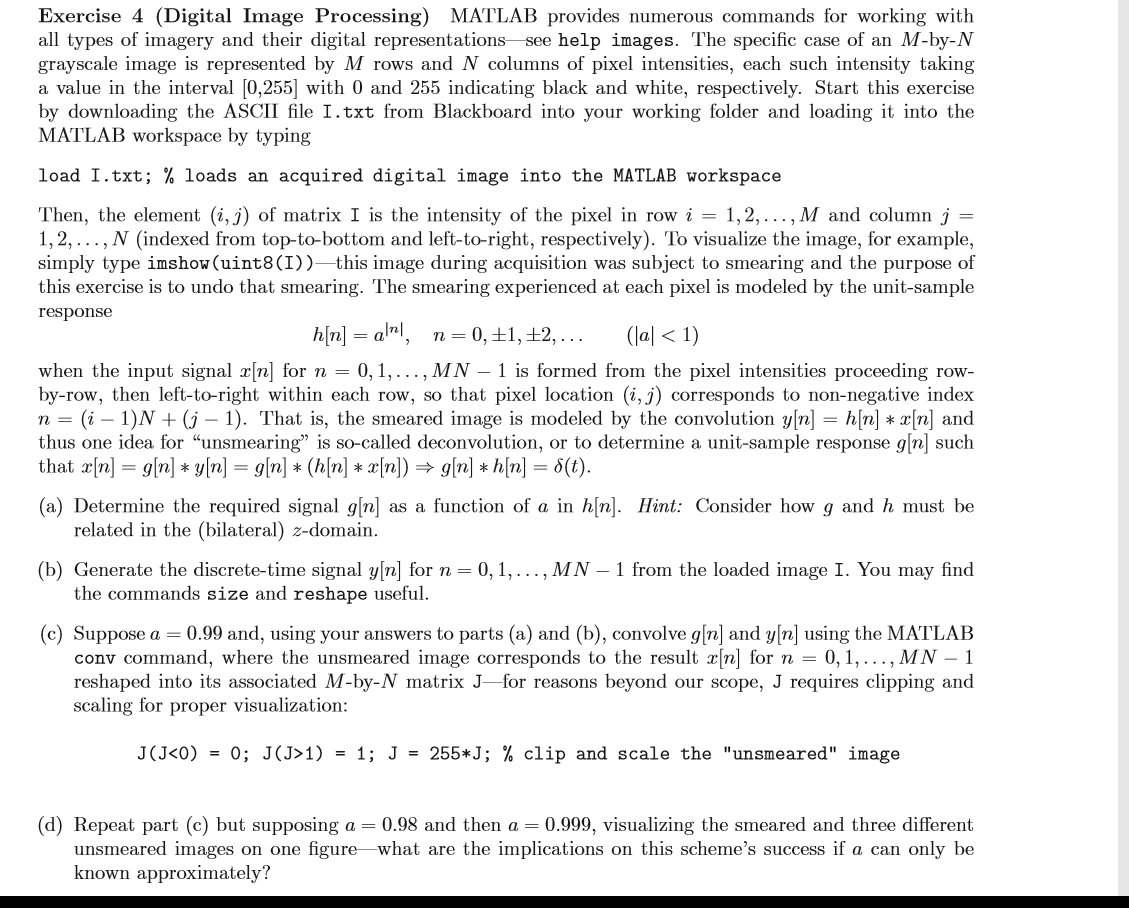

Imagery allows the writer to use words to paint an image for readers as they enter the worlds created through words on a page. Imagery English Definition: To re-cap, imagery is descriptive language that appeals to one or more of our senses. In this example, Bradbury utilizes tactile imagery.īoth of these renowned authors employed imagery in order to effectively describe the settings in which their stories take place. With his symbolic helmet numbered 451 on his stolid head, and his eyes all orange flame with the thought of what came next, he flicked the igniter and the house jumped up in a gorging fire that burned the evening sky red and yellow and black. With the brass nozzle in his fists, with this great python spitting its venomous kerosene upon the world, the blood pounded in his head, and his hands were the hands of some amazing conductor playing all the symphonies of blazing and burning to bring down the tatter and charcoal ruins of history. It was a special pleasure to see things eaten, to see things blackened and changed.

In this example, Lee uses various forms of imagery, including visual and tactile. Ladies bathed before noon, after their three-o’ clock naps, and by nightfall were like stiff teacakes with frostings of sweat and sweet talcum. Men’s stiff collars wilted by nine in the morning. There are seven distinct types of imagery: visual, auditory, olfactory, gustatory, tactile, kinesthetic and organic.Many of these deal with the five senses, which all work together to help us create mental images of whatever we are reading. Somehow, it was hotter then a black dog suffered on a summer’s day bony mules hitched to Hoover carts flicked flies in the sweltering shade of the live oaks on the square. In rainy weather the streets turned to red slop grass grew on the sidewalks, the courthouse sagged in the square. Maycomb was an old town, but it was a tired old town when I first knew it.


 0 kommentar(er)
0 kommentar(er)
